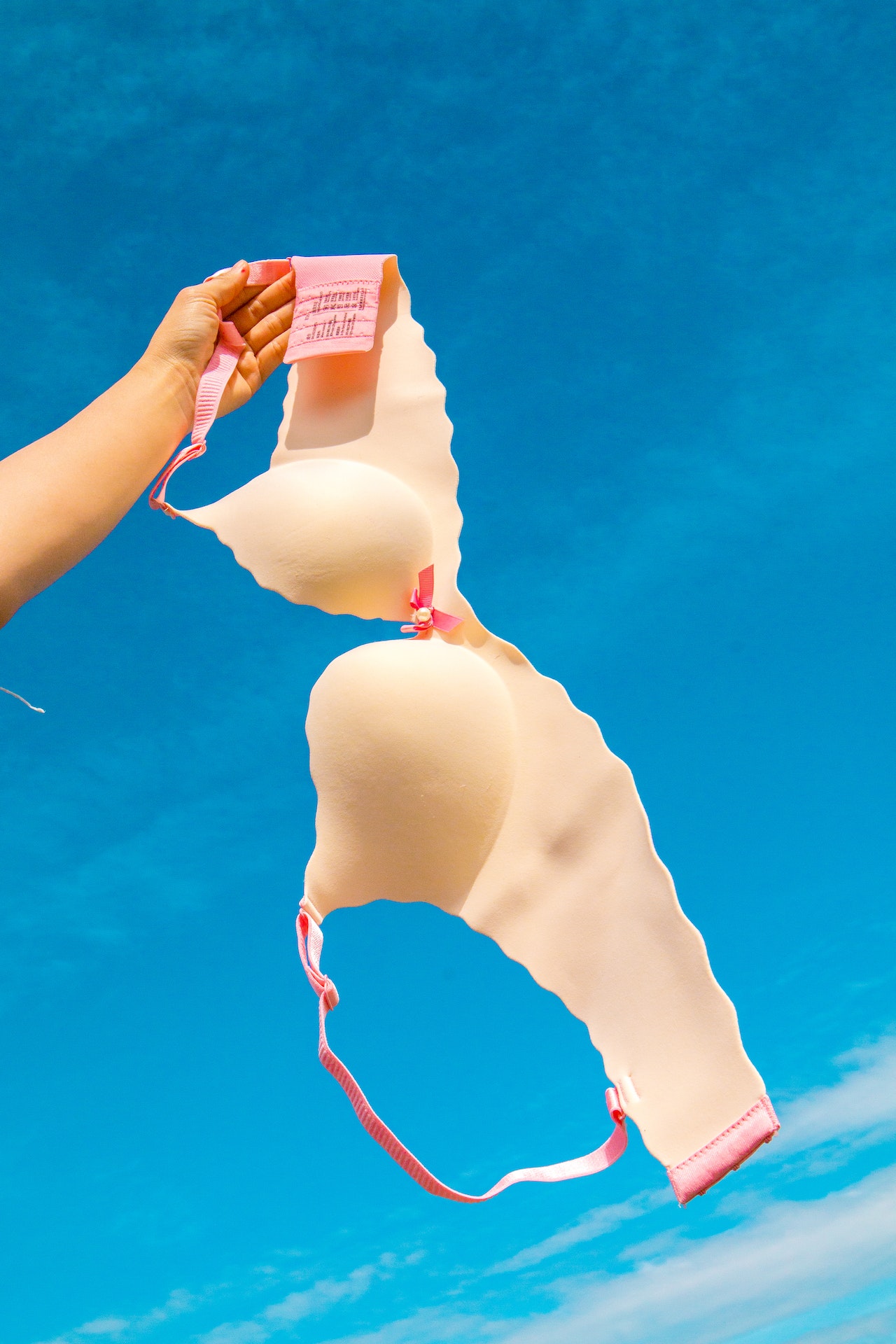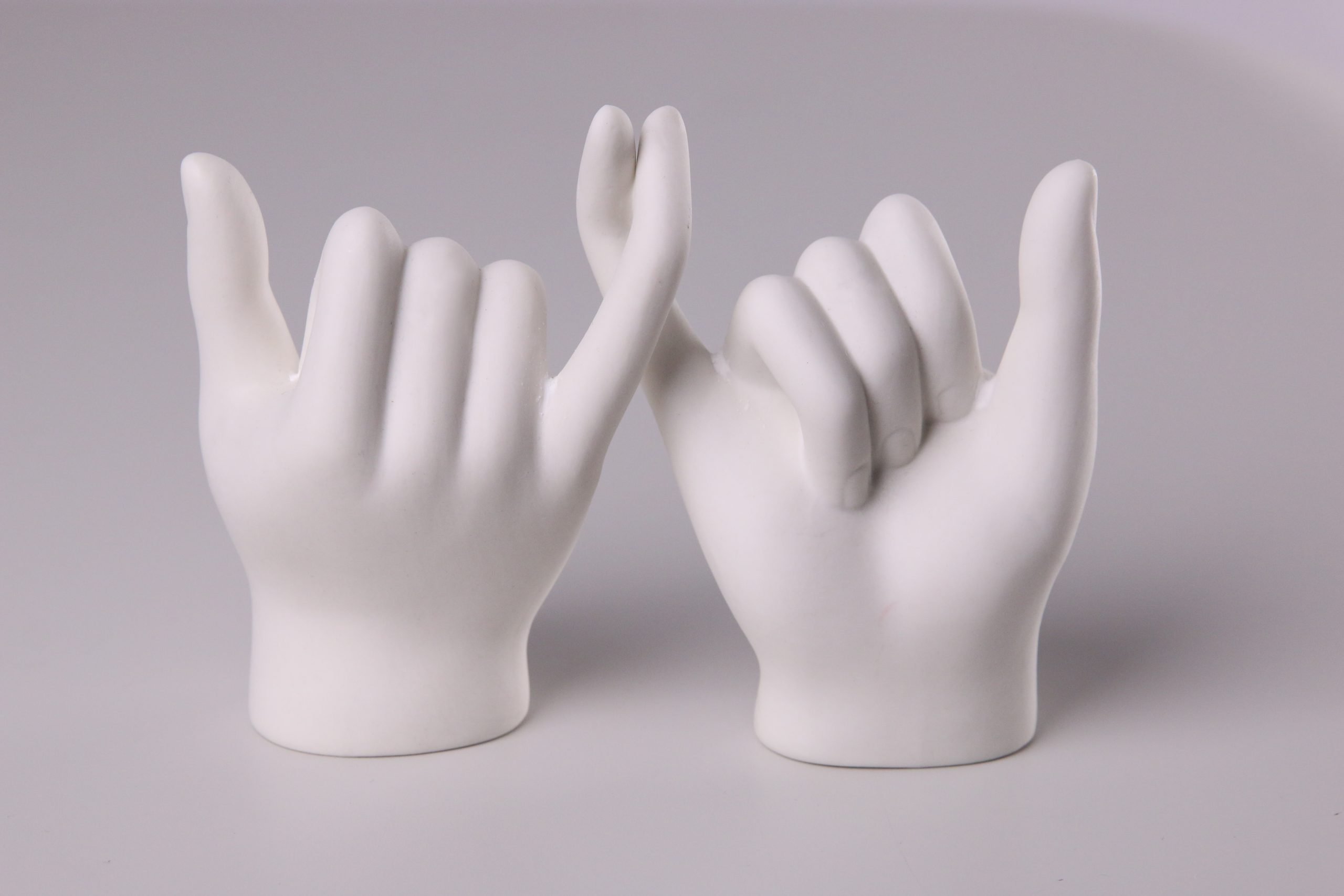The Art and Science of Bra Sizing: Finding the Perfect Fit for Comfort and Support
Finding the right bra size is crucial for every woman. It’s not just about aesthetics; it’s about comfort, support, and overall well-being. The art and science of bra sizing involve understanding the intricacies of the female anatomy, measuring techniques, and considering individual factors to achieve the perfect fit. In this article, we will delve into the art and science of bra sizing, providing you with valuable insights and practical tips to find your ideal bra size.
Understanding Bra Sizes: Band and Cup Measurements
Bra sizes consist of two essential measurements: the band size and the cup size. The band size refers to the circumference of the ribcage just below the breasts. It provides the foundation for proper support and determines how the bra fits around the torso. The cup size, on the other hand, indicates the volume of the breasts and relates to the depth and coverage of the bra cups.
Measuring Band Size
To measure your band size accurately, you will need a soft measuring tape and follow these steps:
- Stand in front of a mirror and ensure your posture is upright.
- Exhale to relax your chest and ribcage.
- Position the measuring tape just below your breasts, where the band of the bra would typically sit.
- Make sure the tape is snug against your skin but not too tight, and parallel to the ground.
- Take note of the measurement in inches.
Determining Cup Size
To determine your cup size, you will need two measurements: the bust measurement and the band size. Follow these steps:
- Wrap the measuring tape around the fullest part of your breasts, ensuring it remains parallel to the ground.
- Note down this measurement in inches.
- Subtract your band size measurement from the bust measurement.
- The difference between the bust and band measurements corresponds to your cup size. Use a bra sizing chart to identify the appropriate cup size based on the difference.
Factors Affecting Bra Size
While accurate measurements are essential, there are other factors to consider when finding the perfect bra size:
1. Breast Shape and Density
Breast shape and density can vary significantly among individuals. Breasts can be full on top, full on the bottom, or have an even distribution of tissue. Understanding your breast shape can help you choose bras that offer the right support and enhance your natural contours.
2. Body Changes
Our bodies undergo changes over time due to factors such as weight fluctuations, pregnancy, breastfeeding, and aging. These changes can affect breast size and shape. It is essential to reassess your bra size periodically and make adjustments accordingly to ensure optimal comfort and support.
3. Bra Style and Brand Variations
Different bra styles and brands may have slight variations in sizing and fit. Some brands may run larger or smaller, and certain styles may work better for specific breast shapes or outfits. Experimenting with different styles and brands can help you find the ones that suit you best.
Tips for Finding the Perfect Fit
Finding the perfect bra size can be a trial-and-error process. Here are some tips to guide you:
1. Get Professionally Fitted
Consider seeking assistance from a professional bra fitter. They have expertise in measuring and can offer personalized recommendations based on your body shape and preferences. Professional fittings can be particularly helpful if you have unique bra fitting challenges or require specialized bras, such as maternity.










